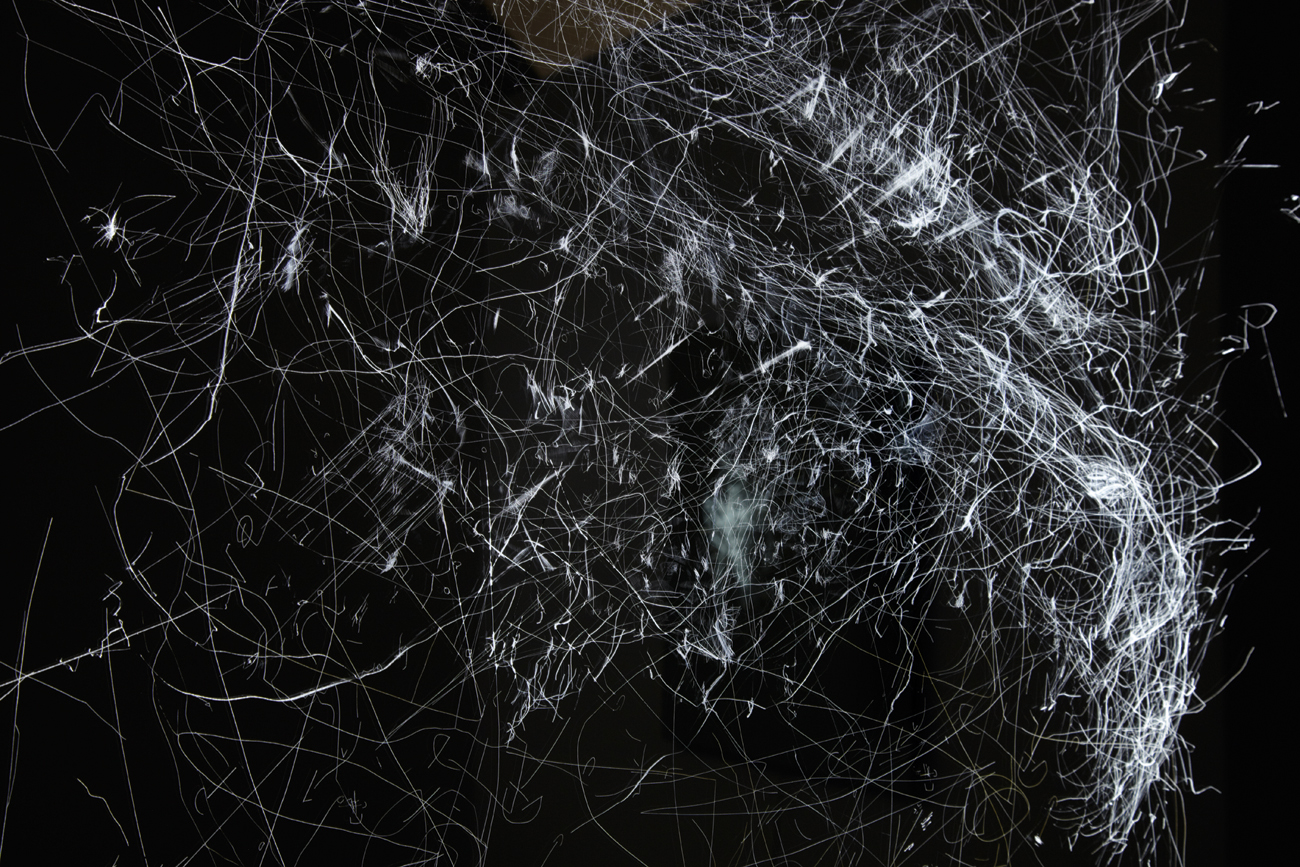Purple Magazine
— S/S 2012 issue 17
Brock Enright
 Autumn 7, Detail, V1, 2011, photography by Elisabeth Bernstein, Courtesy of Kate Werble Gallery, New York
Autumn 7, Detail, V1, 2011, photography by Elisabeth Bernstein, Courtesy of Kate Werble Gallery, New York
performance
interview by JULIANA BALESTIN
portraits by MAX SNOW
JULIANA BALESTIN — I first heard about your work from Robert Longo, who you used to work with as a drawing assistant. Tell me how you ended up in New York.
BROCK ENRIGHT — I planned on playing music after I graduated from college. I ended up in New York because I created a piece for a Fluxus artist who hired me to go to Columbia University under his direction. When I got here, I decided I wanted to be a personal concierge, to be kind of selfless or empty, and let other people tell me what to do. I always had a video camera with me, and late at night or early in the morning, when I found myself…